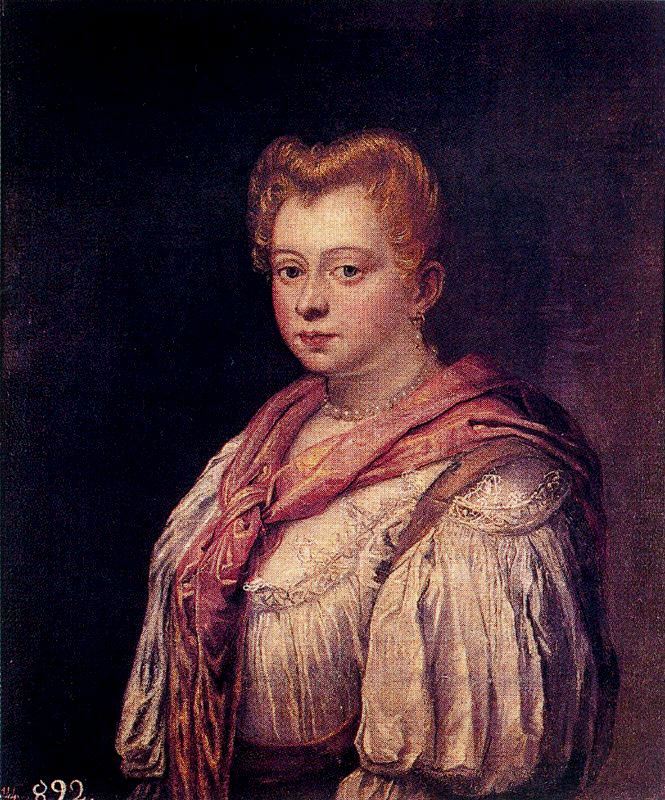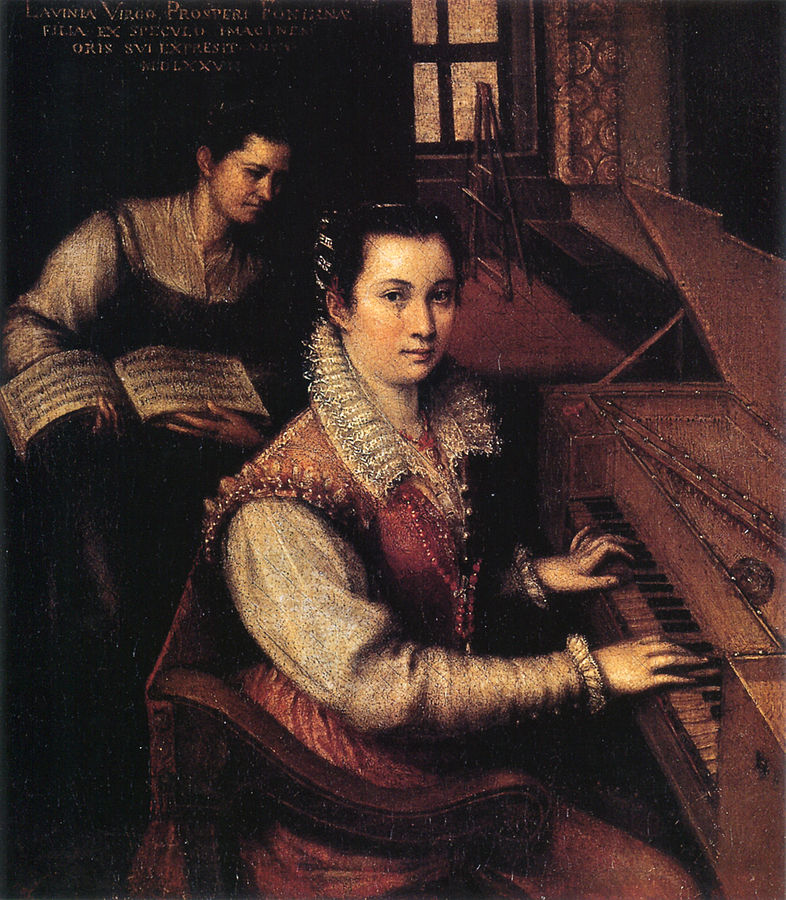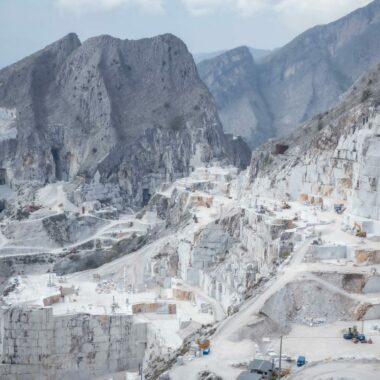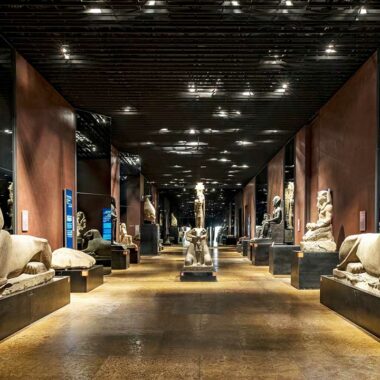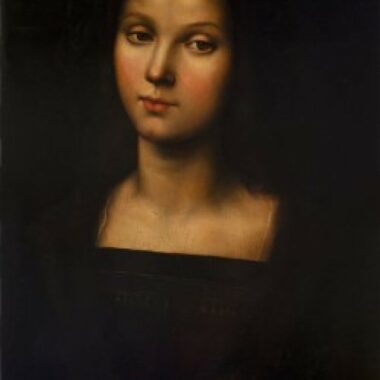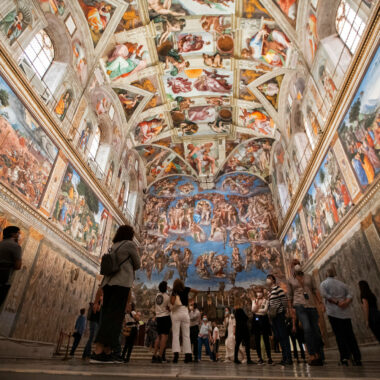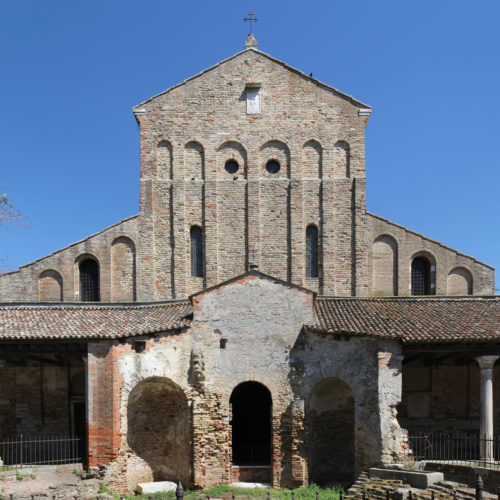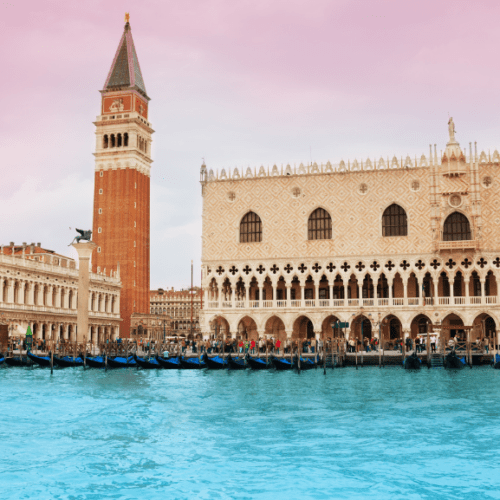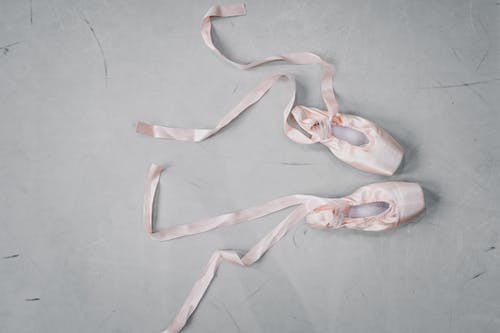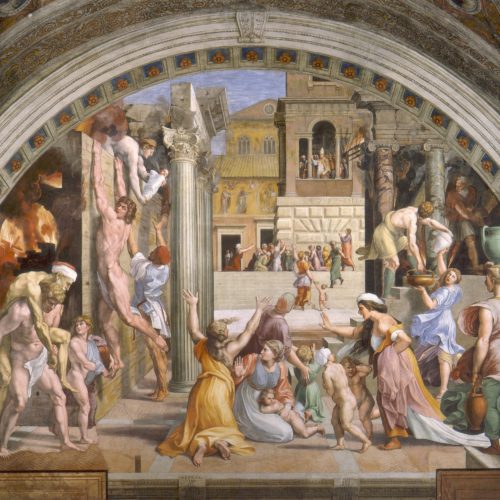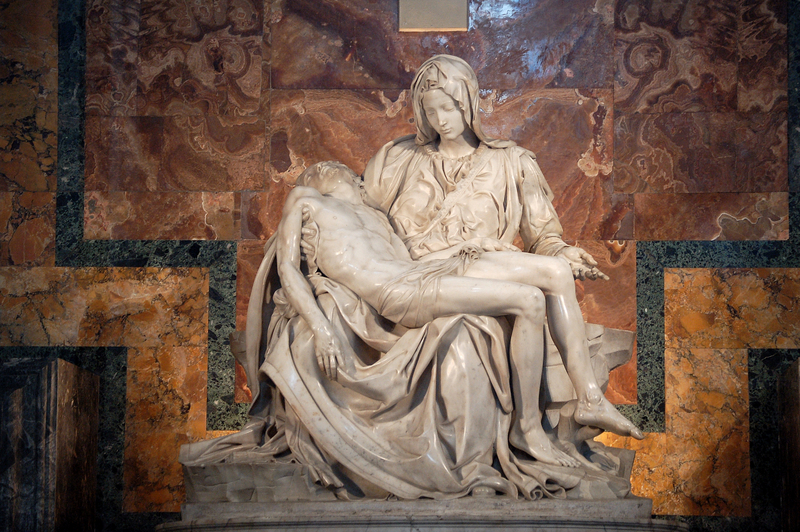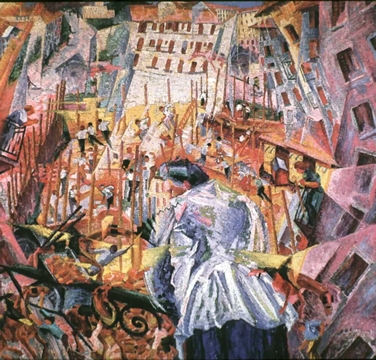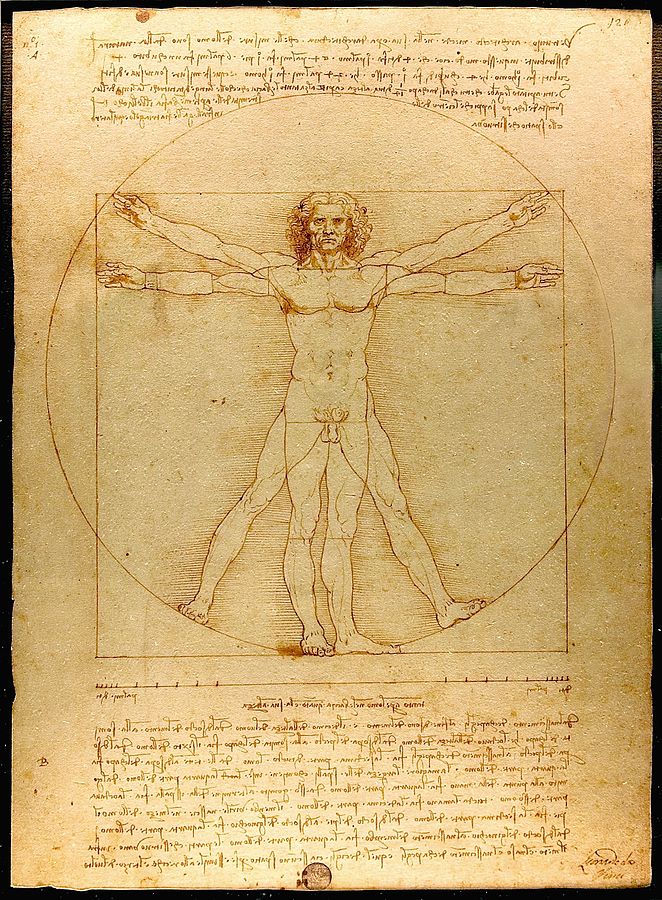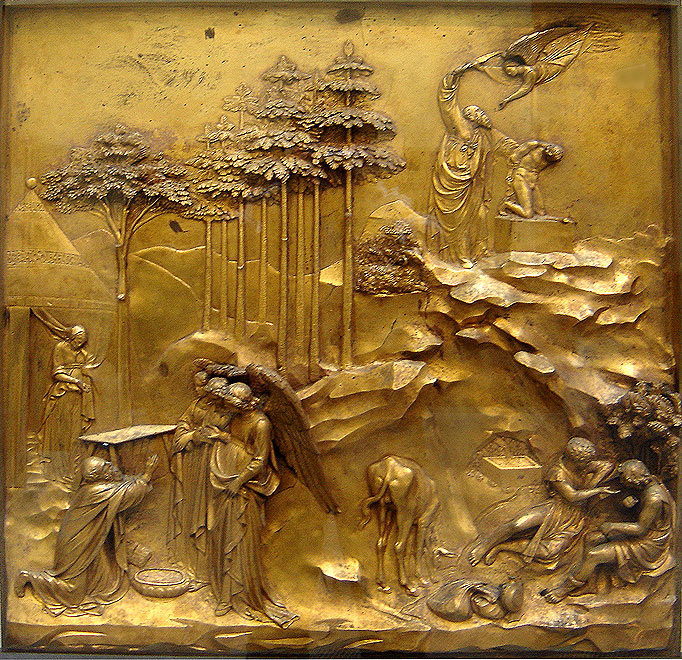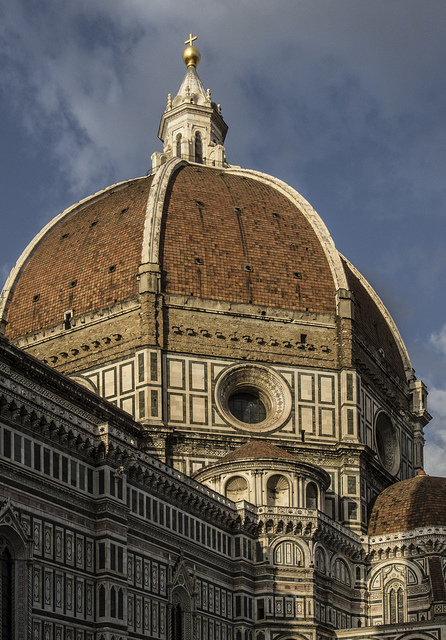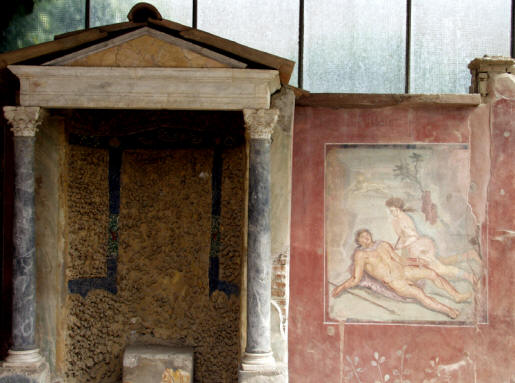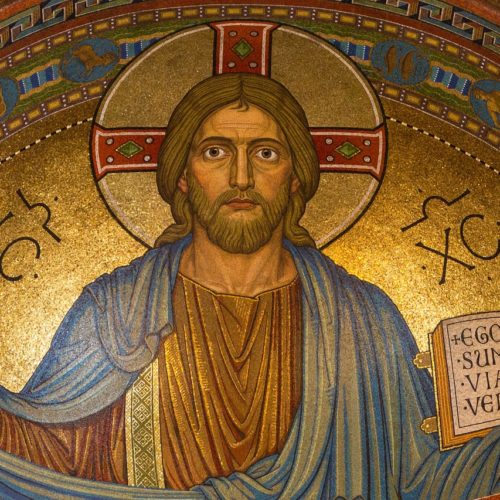Truth is, during the 15th and 16th centuries, women held little authority as artists in Italy. Still, there were Italian female artists worth mentioning.

It was often believed that women could not achieve true artistic vision. According to society, Italian female artists lacked intelligence, character, and strength. They couldn’t study at art academies and they were dissuaded from pursuing painting or sculpture.
Instead, women were encouraged to stick to more feminine duties. Such as cooking, cleaning, and child bearing. However, a few women did learn to paint. Eventually, they even used their talents to make a living. But they were confined to commissioned portrait painting.
Some Italian female artists broke the rules. Especially during the Renaissance and Baroque eras, which opened the world of art to women. But some talents were too extreme to be ignored. So, it’s time to acknowledge these women for their sacrifice and devotion to the world of art.
Sofonisba Anguissola
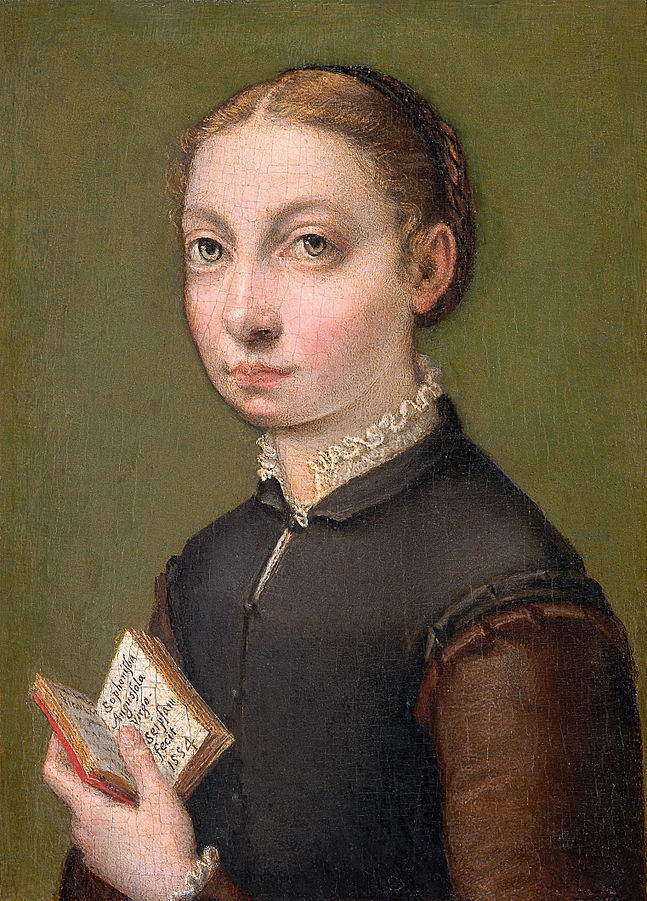
Anguissola was born in 1531. Her father was a merchant from Cremona. She was the first born of seven children, six of which were girls. Thanks to her father’s encouragement, Sofonisba overcame the difficulties of being a female artist. Her father sent her to study at the Bernardino Campi workshop in 1546. After visiting Rome and Madrid, in 1559 she relocated to Bernardino Gratti’s studio.
While at the Spanish Court, Sofonisba gained the honor of being a “lady-in-waiting” for the Queen of Spain. She was also the Court painter for Philip II and the art instructor for Queen Isabella of Valois. During her stay in the Spanish Court, she met and married Fabrizio de Mocado. Later, the couple moved to Sicily. Ten years after her husband’s death, Anguessola remarried Orazio Lomellini, a widower.
Sofonisba was considered the first great woman painter of the Renaissance. Indeed, she achieved international fame. She was a prolific painter, famous for her skills and attention to detail. Her portraits looked alive, about to speak. The paintings convey her culture, status, and position in society. Indeed, she was a prominent Northern Italian female artist. Also, Sofonisba did self-portaits, depicting herself as an observer and scholar. She looks poised and controlled, the epitome of the well educated and refined Italian woman.
Sofonisba Anguissola eventually went blind. In 1624, Van Dyke visited Sofonisba, then 96, to paint her portrait. She passed away a year later, her reputation intact.
Italian female artists: Artemisia Gentileschi
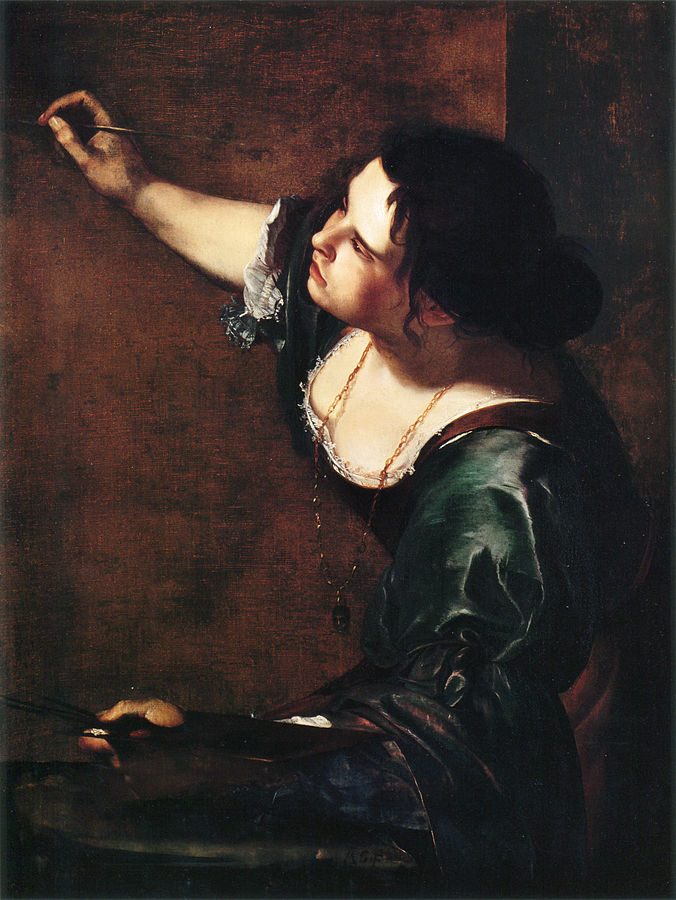
The life of Artemisia Gentileschi was wrought with turmoil. She was born in 1593 in Rome. When she was 12, her mother passed away and she had to take care of her father. He was also an artist, so he was Artemisia’s first teacher. He exposed her to Michelangelo’s work and to Roman artists.
A victim of patriarchy
In 1612, she was the victim of rape. By a fellow artist, Agostino Tassi. Before the rape, he was stalking her, entering her private chambers with the help of friends. When Tassi had the opportunity, he raped her in her bedroom. Then, he bragged with his friends. He also promised to marry her, so Artemisia continued their relationship. To no one’s surprise, Tassi didn’t keep his promise. So Artemisia’s father Orazio brought chargers. He claimed his daughter had been damaged and she’d never find a suitable husband. This further humiliated young Artemisia.
The transcripts from the original seven month trial have survived to this day. They include details about the attack, which Tassi had planned. In return, the artist accused Artemisia of being promiscuous, even before their sexual “encounter.” He also insulted her artistic talent. He claimed to have taught her perspective and the use of lines. But, witnesses to the contrary surfaced. They corroborated Artemisia’s story, stating that Tassi had gone to great lengths to be alone with her.
However, despite this Artemisia was tortured with thumb screws. Furthermore, a midwife investigated her body to prove her testimony.
Only later, truths about Tassi came out. He had been imprisoned for acts of incest involving his sister-in-law. He had also attempted to kill his wife, whom he had raped before marriage. Thanks to the overwhelming evidence, Artemisia’s father won the law suit. Tassi was sentenced to less than a year in prison. Artemisia was quickly married off to Florentine Pierantonio Stiattesi, in an effort to relieve the family of the scandal. To add insult to Artemisia’s injury, Orazio invited Tassi back into their home after he was released from prison.
Painting to heal
After her horrifying rape trial, Artemisia painted her famous Judith Beheading Holofernes. She painted two versions of this subject. They both displayed her great artistic talent. But also her intense emotional suffering.
Other depictions of the same theme show Judith as violent and horrifying, in the scary act of beheading the evil Holofernes to save her people. However, Artemisia’s version is different. In fact, the Italian female artist depicts Judith as a determined and gleeful character.
In 1637 Artemisia began to seek new patrons, like Philip IV of Spain, Charles I of England and Prince Karl von Liechtenstein. She lived in England from 1638 to 1641. She retired to Naples after Charles I died during the English civil war.
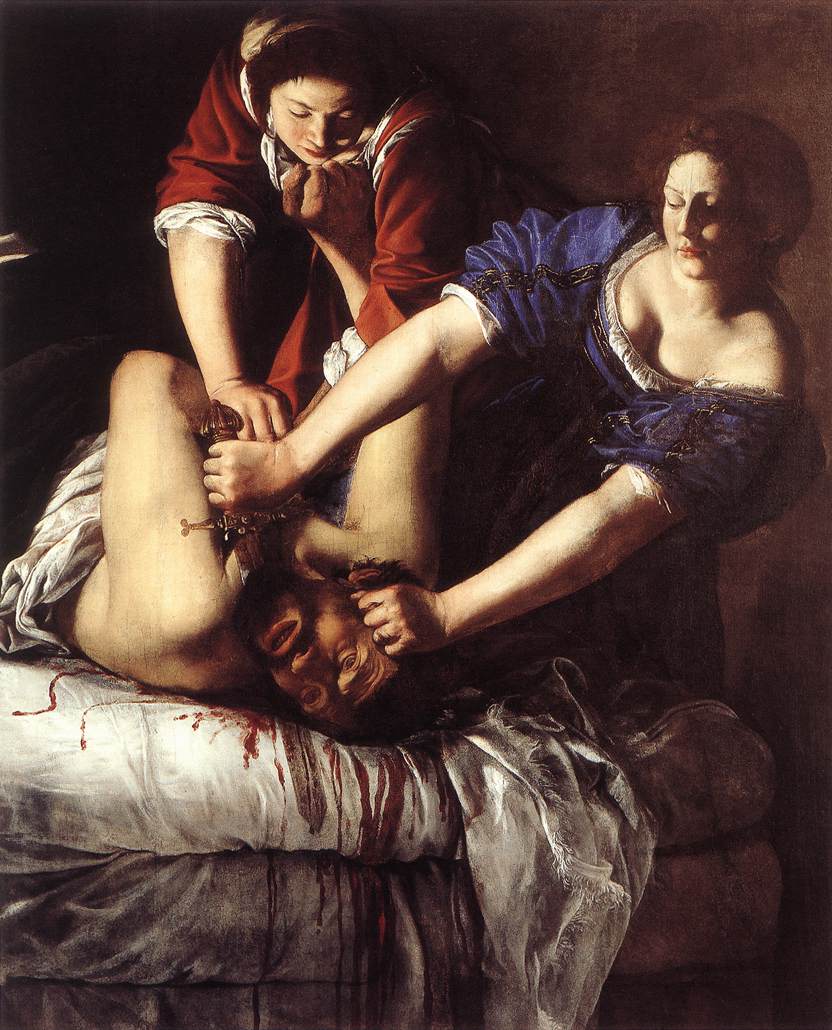
Artemisia is one the most important female artist of the pre-modern era. But so are all of these women. And, even better. There are more. Find them all out here.
Written by: Jamie Sue Austin


